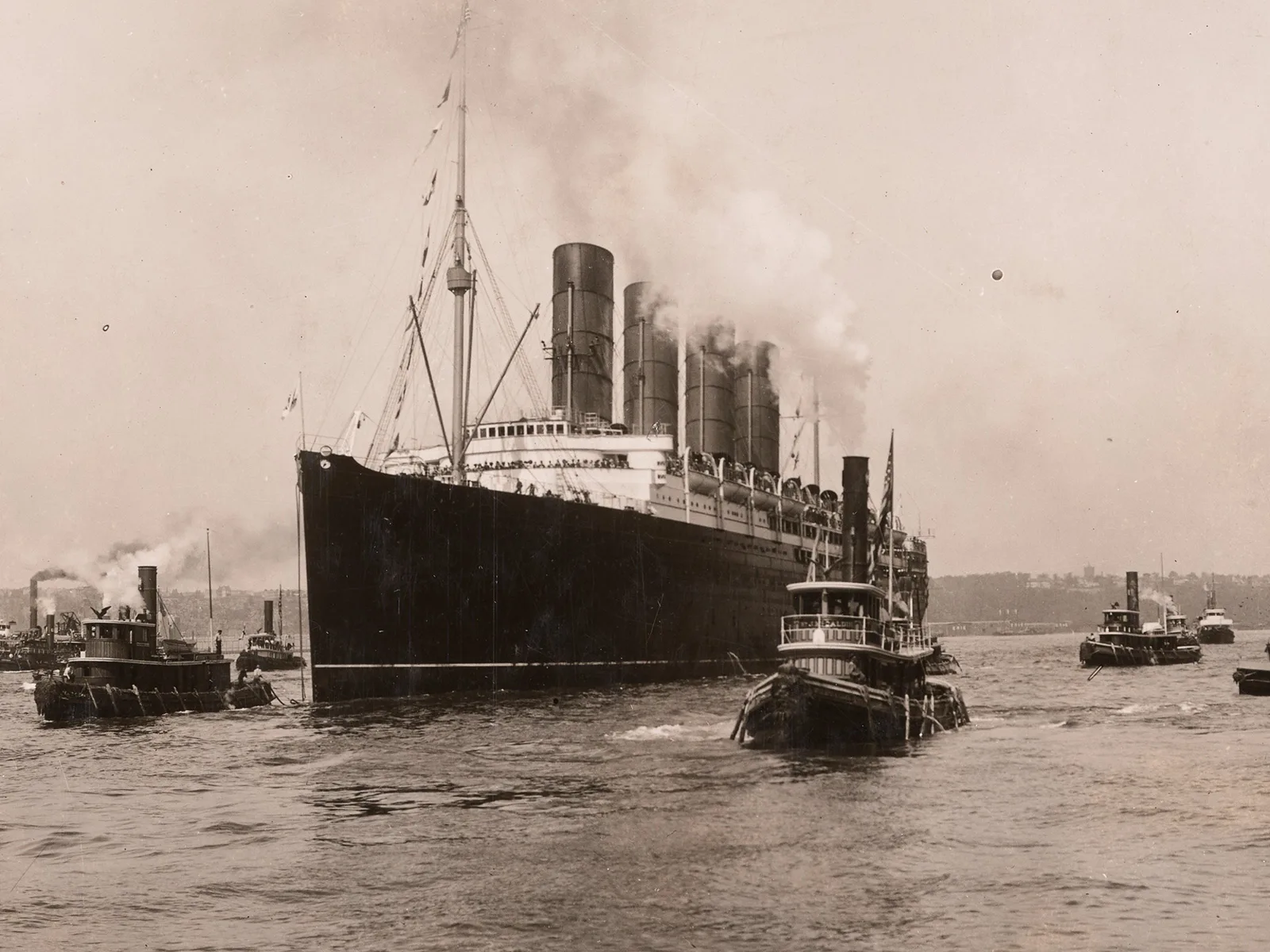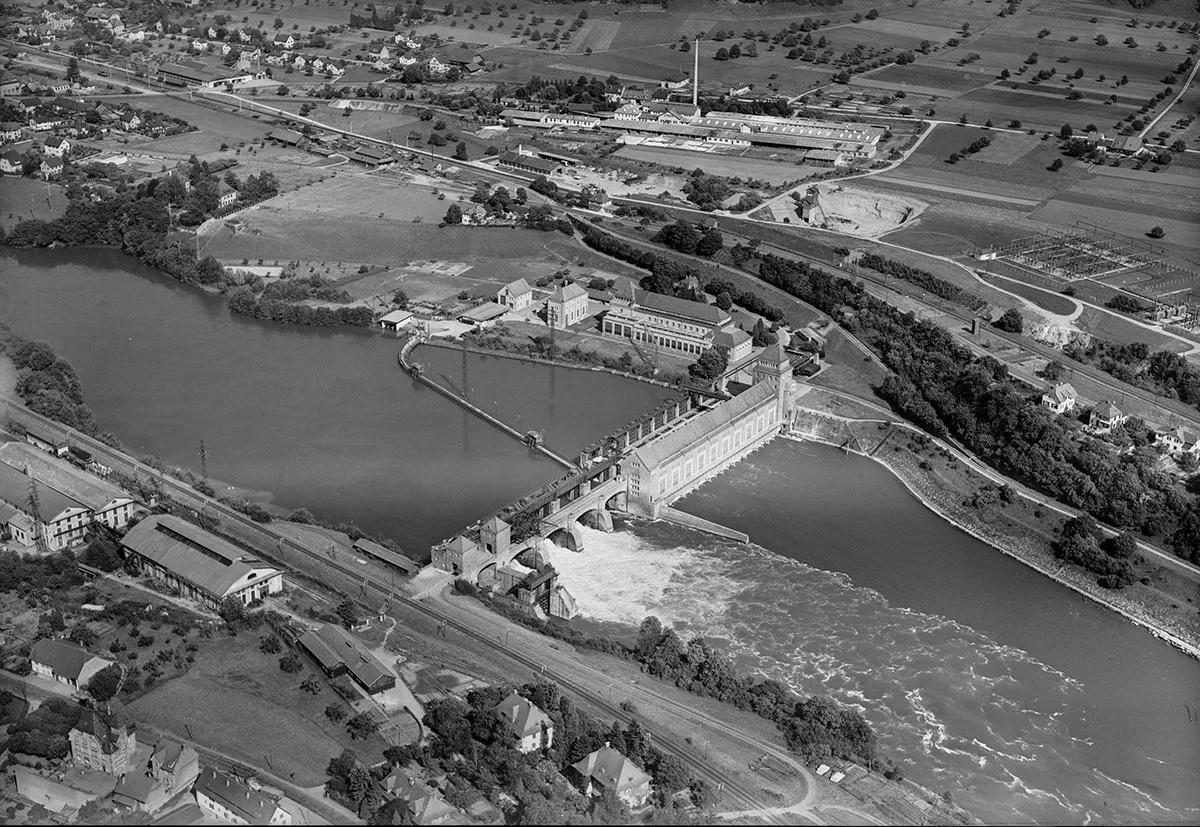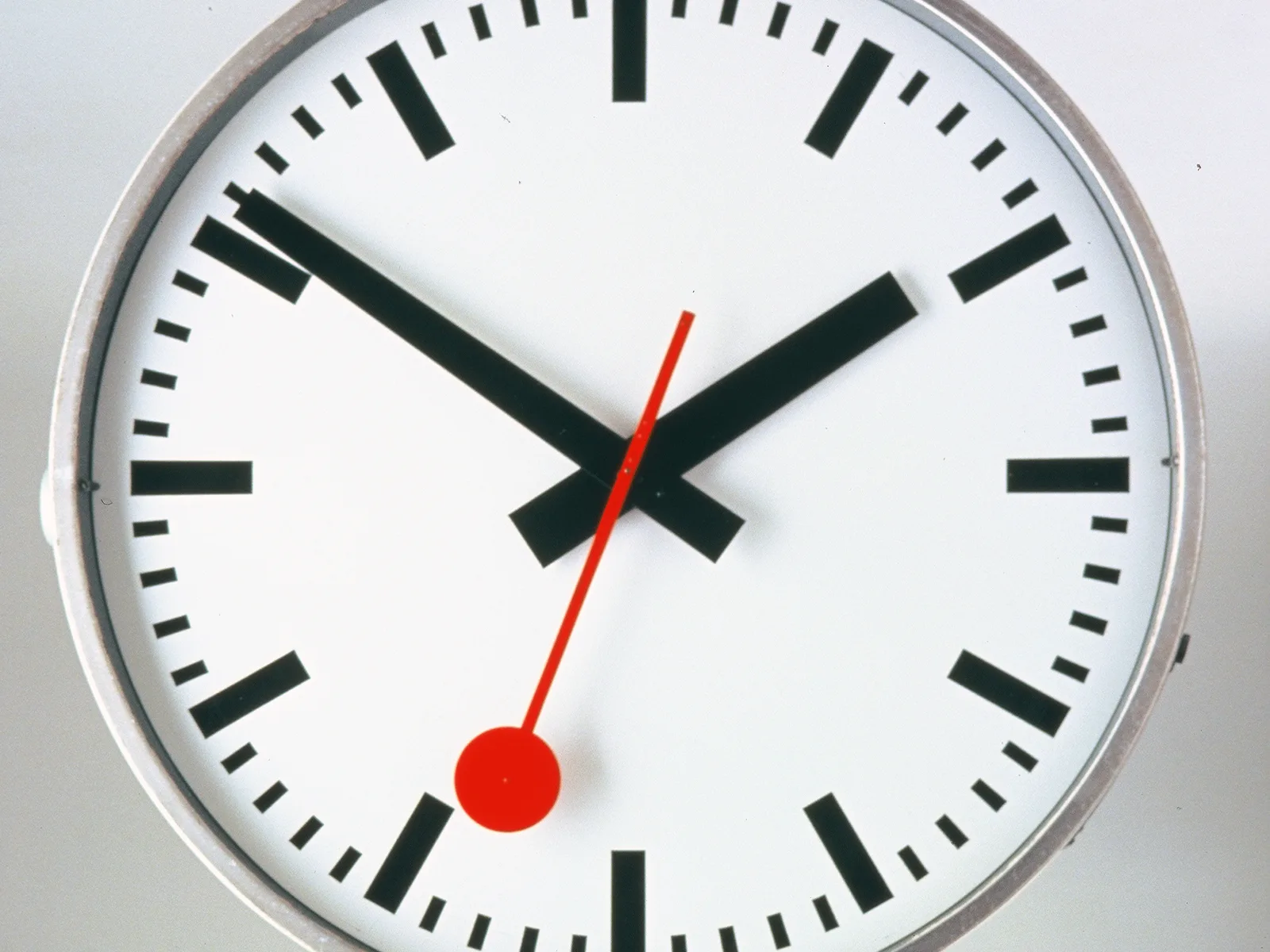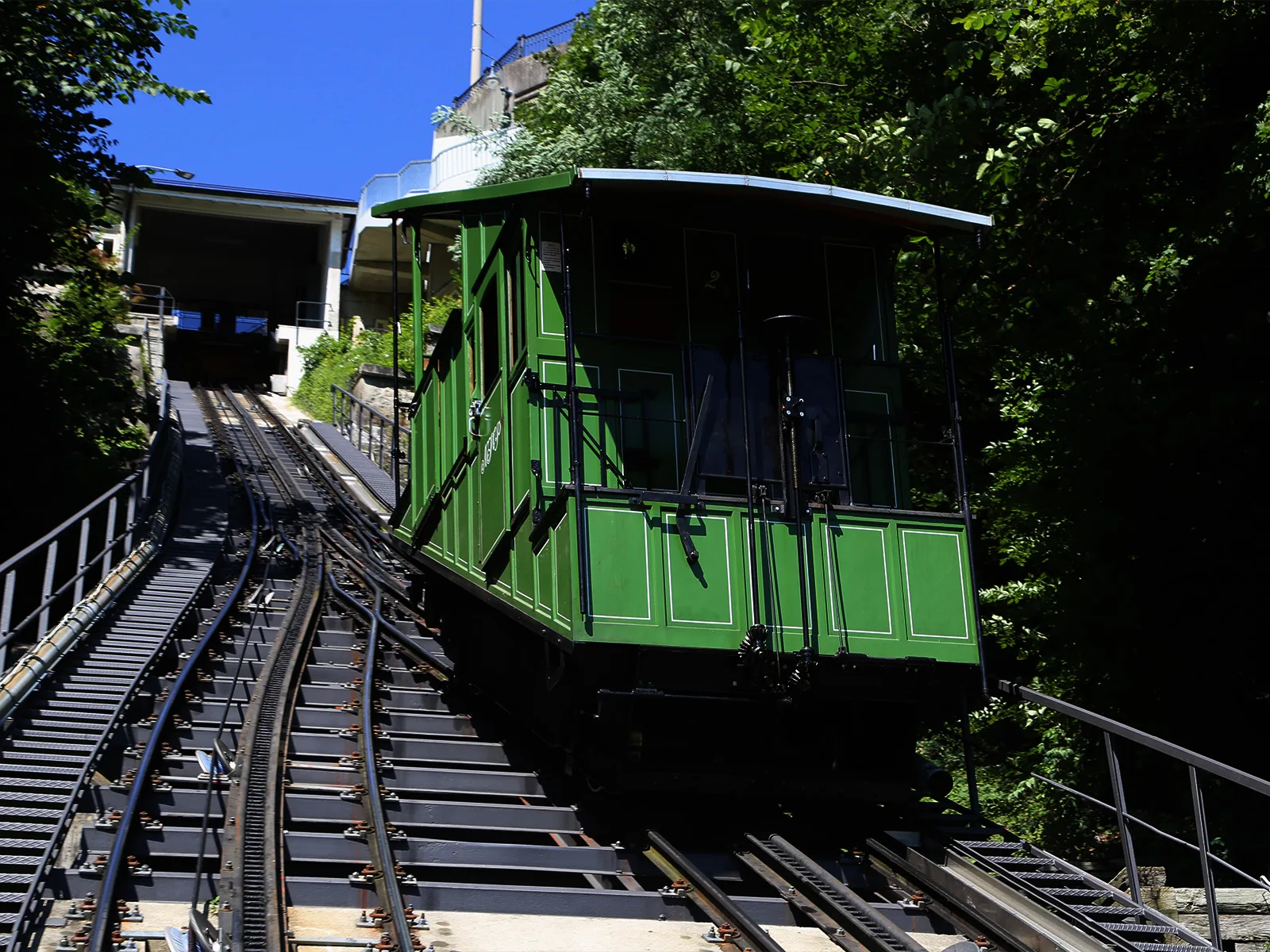
The Fribourg funicular: powered by wastewater
For 125 years, the 'funiculaire' in the city of Fribourg has been running on a particular kind of renewable energy: wastewater. The 'funi', as the heritage-listed railway is known locally, is an important reminder of Fribourg's industrial past.
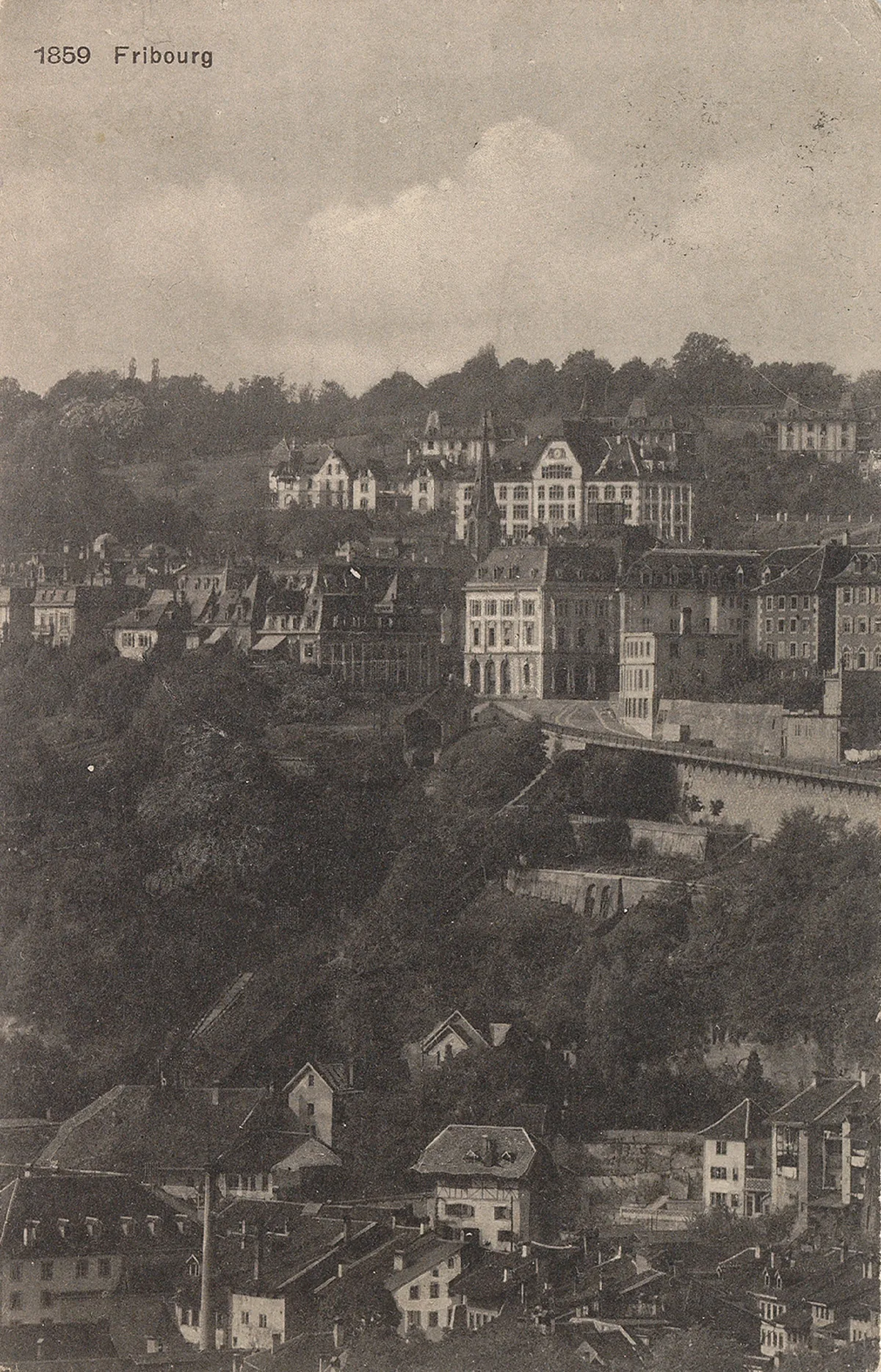
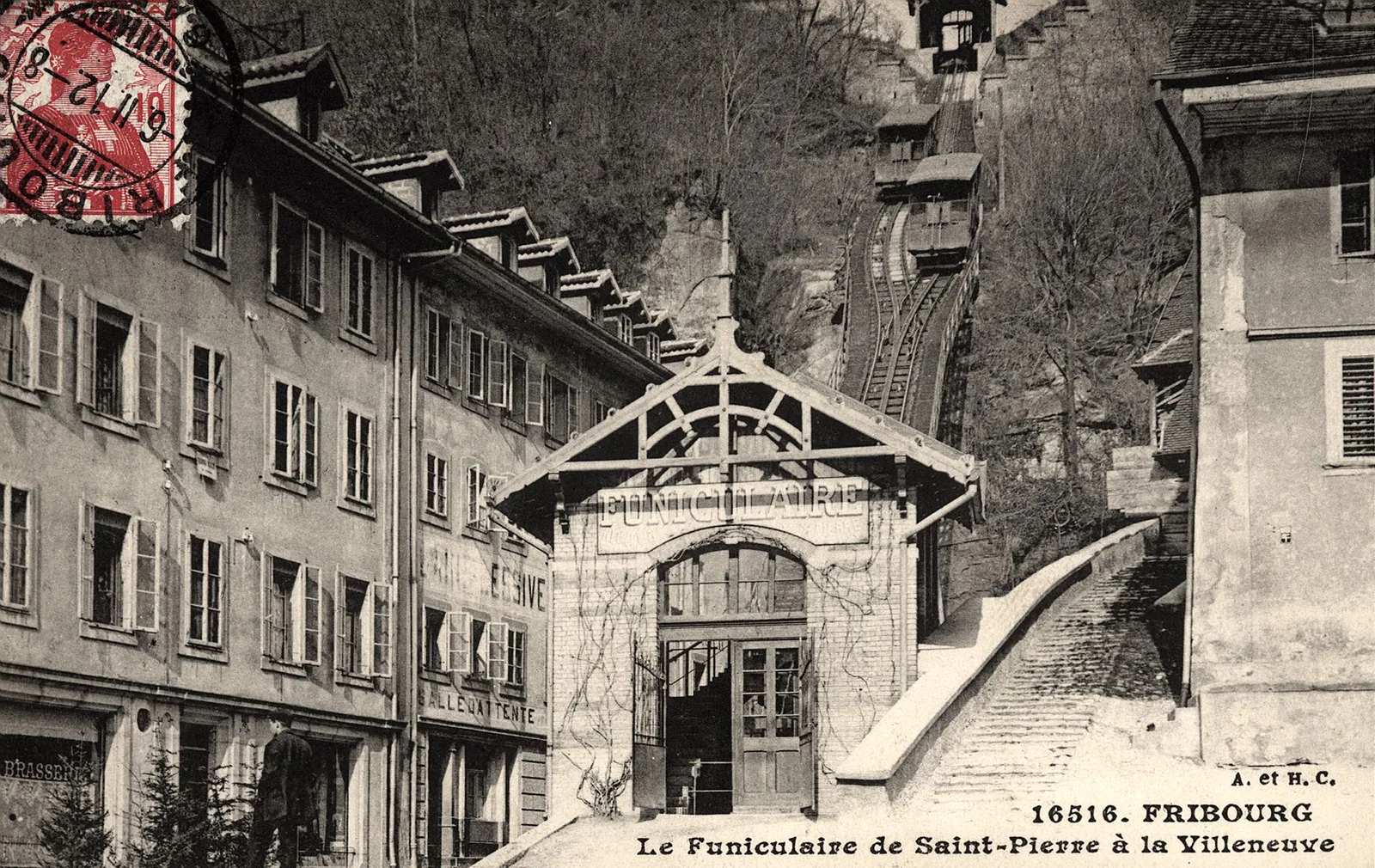
And so, in March 1898, the Von Roll ironworks company from Bern began building a railway in Fribourg, designed to use the weight of wastewater from the upper part of town as the source of its motive power. It was connected to the city's sewer system so that 2,700 litres of wastewater could be filled into a tank mounted between the axles of the car standing at the top station. Meanwhile, the second car at the lower station, connected to the first by a sturdy traction cable 2.5 centimetres in diameter running over a pulley system, emptied its tank so that the heavier weight of the upper car was sufficient to convey it and a maximum of 20 passengers up the slope.
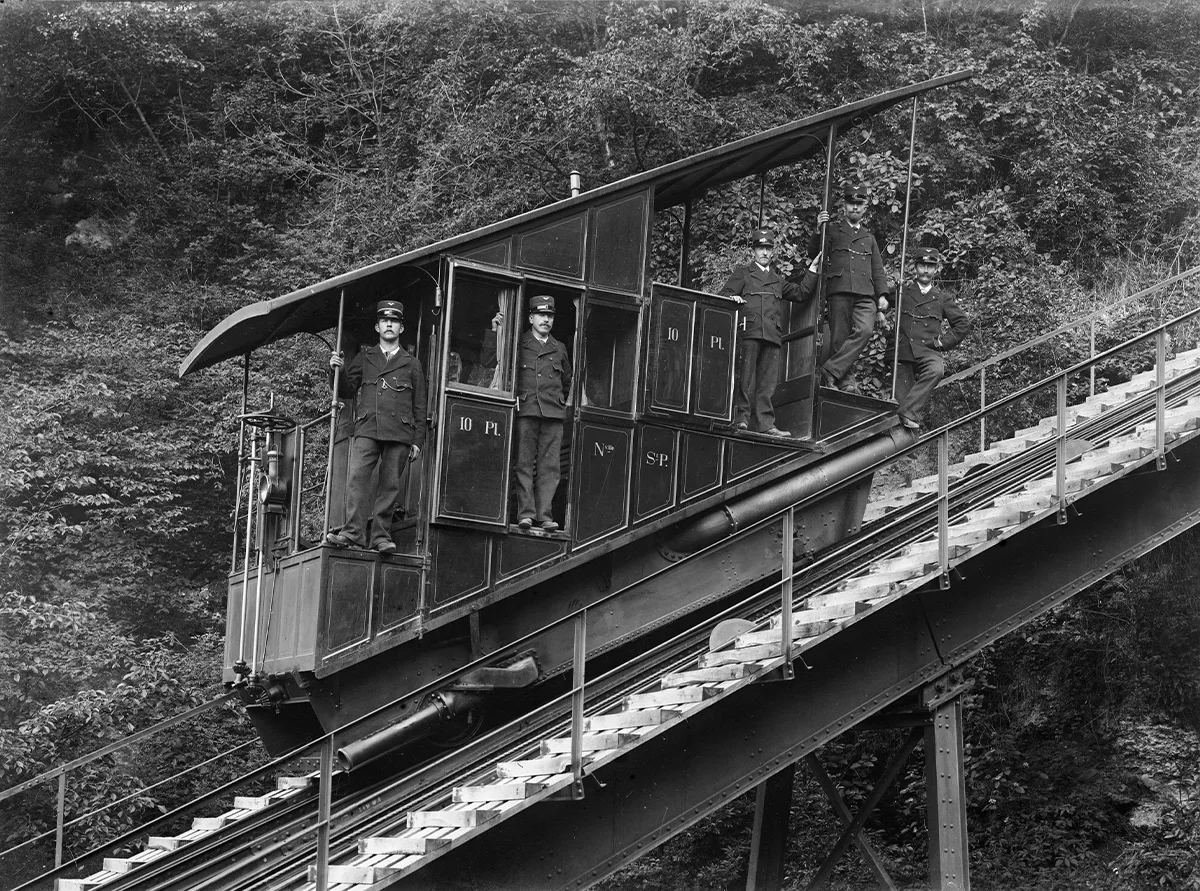
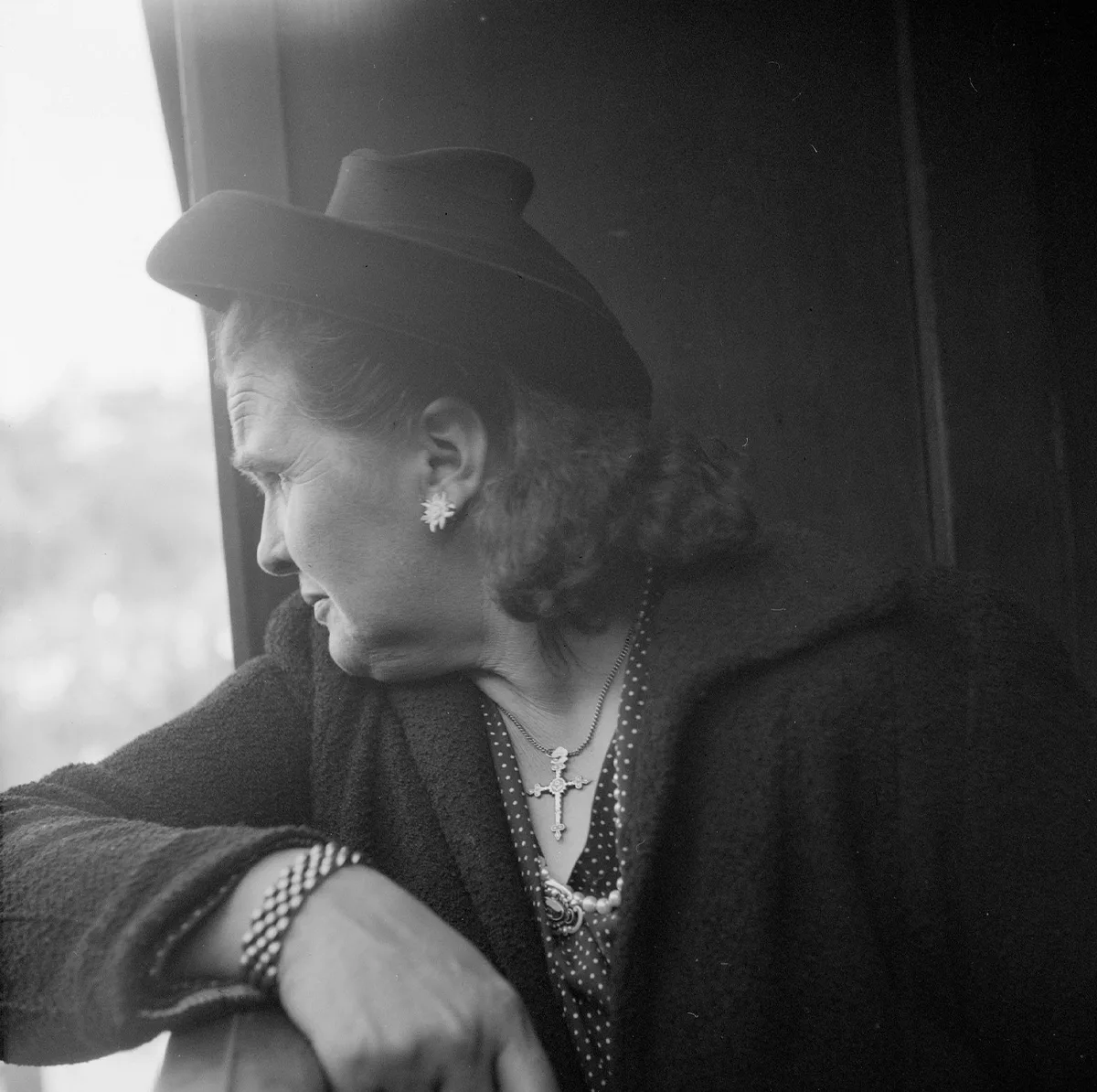
The 'funi' has largely been returned to its original state, the green livery is just as it has always been, and it still runs on filtered wastewater today. However, the gaskets being what they are, a certain odour often lingers in the air. But regardless of the smell, the 'funiculaire' is the last water-ballast funicular in Switzerland and one of the last in the whole of Europe. It has been entered in the Inventory of Cultural Property of National Importance, acts as a tourist attraction – and continues to serve as a reliable mode of transport for those natives of Fribourg who have no desire to make the ascent from the lower town to the upper part of the city on foot.

